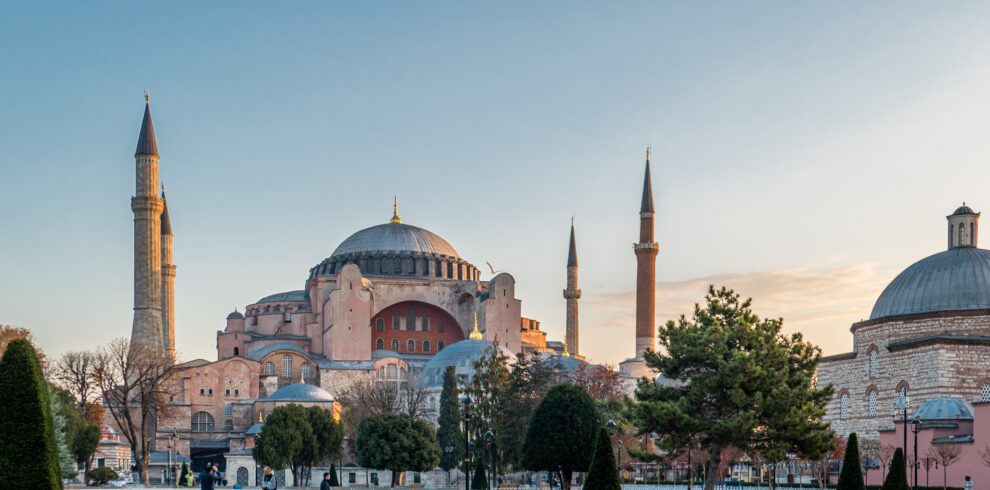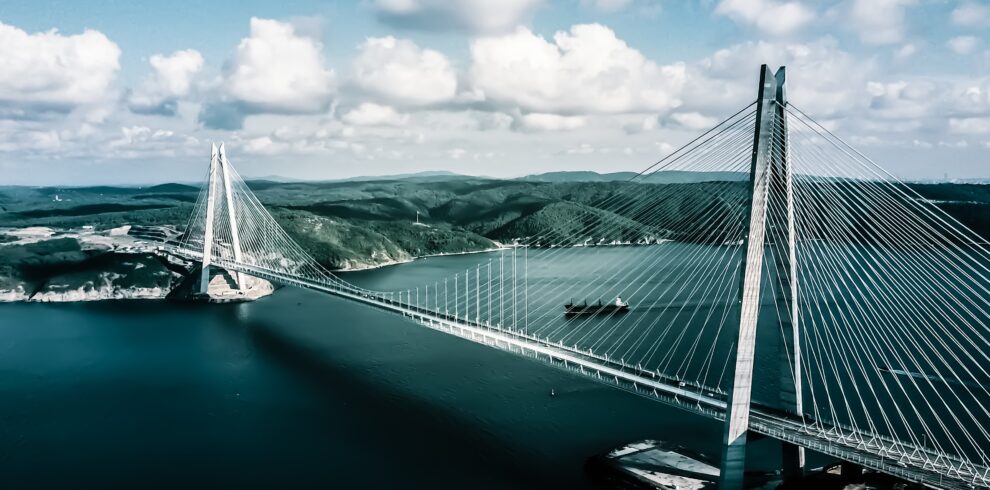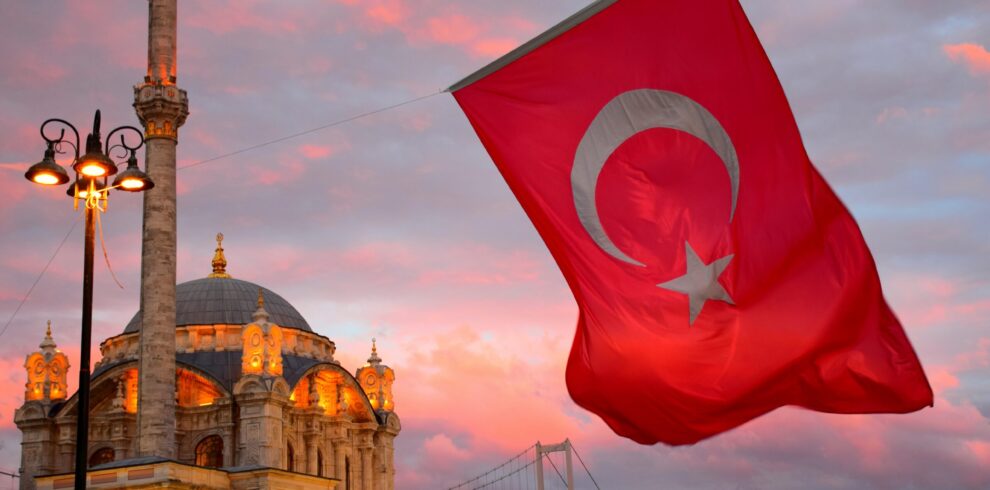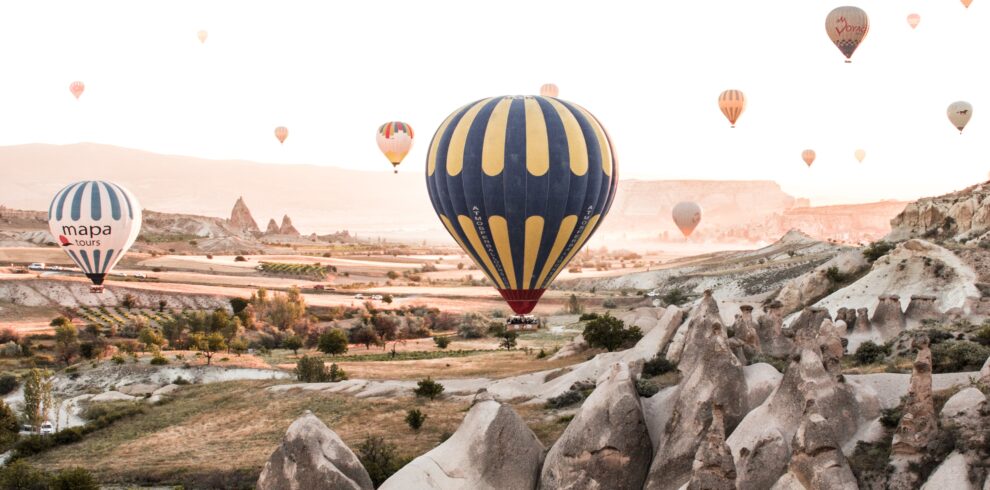Turkey
Turkey Tour Packages from Pakistan –
Turkey, a country where East meets West, offers a perfect blend of rich history, stunning landscapes, vibrant culture, and mouthwatering cuisine. Whether you’re looking for a romantic honeymoon, a family vacation, or an adventurous getaway, iMusafir.pk provides the best Turkey tour packages from Pakistan.
Why Choose iMusafir.pk for Turkey Tour Packages?
At iMusafir.pk, we specialize in providing affordable and hassle-free Turkey tour packages that cater to all types of travelers. Here’s why you should book with us:
✅ Hassle-free visa assistance for Pakistani travelers.
✅ Best flight deals from Karachi, Lahore, and Islamabad.
✅ Luxury and budget-friendly hotels in Istanbul, Cappadocia, and Antalya.
✅ Customizable itineraries based on your preferences.
✅ Local guides fluent in English, Urdu, and Turkish.
About Turkey
Turkey is a transcontinental country, bridging Asia and Europe, offering a mix of breathtaking natural wonders, historical landmarks, and modern cities. Istanbul, the heart of Turkey, is known for its Ottoman palaces, grand mosques, and vibrant bazaars.
The country is home to UNESCO World Heritage sites like Cappadocia, Ephesus, and Pamukkale. Tourists can enjoy hot air balloon rides, Turkish baths (Hammams), and delicious Turkish kebabs.
Best Turkey Tour Packages from Pakistan
Here are some of the most popular Turkey tour packages we offer:
| Tour Package | Duration | Price (PKR) |
|---|---|---|
| Istanbul & Cappadocia Tour | 6 Days | 250,000 |
| Turkey Family Tour Package | 7 Days | 280,000 |
| Turkey Honeymoon Tour | 8 Days | 320,000 |
| Istanbul & Antalya Tour | 5 Days | 230,000 |
| Turkey Group Tour | 10 Days | 350,000 |
Turkey Visa Policy for Pakistani Travelers
Pakistani passport holders require a visa to enter Turkey. You can apply for a Turkey e-Visa online if you have a valid Schengen, UK, US, or Ireland visa. Otherwise, a sticker visa is required.
Visa Requirements:
- Passport (valid for at least 6 months)
- Passport-size photos
- Bank statement (last 6 months)
- Hotel and flight booking confirmation
- Visa application form
How to Travel to Turkey from Pakistan?
Traveling to Turkey from Pakistan is easy with direct and connecting flights from major cities.
✈ Top Airlines Flying to Turkey:
- Turkish Airlines (Direct flights from Karachi, Lahore, and Islamabad)
- PIA (Pakistan International Airlines)
- Emirates, Qatar Airways, FlyDubai, and Etihad
Flight time from Pakistan to Turkey is around 5-7 hours, depending on stopovers.
Airports in Turkey
Turkey has several international airports, with Istanbul Airport (IST) being the busiest. Other major airports include:
- Istanbul Sabiha Gökçen Airport (SAW)
- Antalya Airport (AYT)
- Cappadocia (Nevşehir) Airport (NAV)
- Izmir Adnan Menderes Airport (ADB)
Turkey Tour Packages from Karachi
If you’re traveling from Karachi, we offer exclusive Turkey tour packages from Karachi, including direct flights and luxury stays in Istanbul, Cappadocia, and Antalya.
Book a Turkey Tour from Karachi here
Turkey Tour Packages from Lahore
Lahore travelers can enjoy customized Turkey tour packages with departure from Allama Iqbal International Airport.
Explore Turkey tours from Lahore here
Turkey Tour Packages from Islamabad
For those in Islamabad, our Turkey tour packages offer flights from Islamabad International Airport with premium accommodations.
Check out Turkey packages from Islamabad here
Istanbul Tour Packages from Pakistan
Experience the magic of Istanbul, the city of two continents, with our Istanbul tour packages. Visit Hagia Sophia, Blue Mosque, Grand Bazaar, and enjoy a Bosphorus Cruise.
Book your Istanbul tour from Pakistan now
Best Time to Visit Turkey from Pakistan
The ideal time to visit Turkey depends on your preferences:
🌸 Spring (April – June): Best for sightseeing and mild weather.
☀ Summer (July – September): Perfect for beach holidays in Antalya.
🍂 Autumn (October – November): Great for outdoor exploration and cultural experiences.
❄ Winter (December – March): Ideal for skiing in Bursa and snow tours in Cappadocia.
Hotels in Turkey – Where to Stay?
We offer luxury and budget hotels in all major Turkish cities.
🏨 Best Hotels in Istanbul:
- Four Seasons Hotel Bosphorus
- Swissotel The Bosphorus
- Hilton Istanbul Bomonti
🏨 Best Hotels in Cappadocia:
- Museum Hotel Cappadocia
- Cappadocia Cave Suites
🏨 Best Hotels in Antalya:
- Rixos Premium Antalya
- Titanic Beach Lara
Things to Do in Turkey
✔ Take a hot air balloon ride in Cappadocia
✔ Enjoy a Bosphorus Dinner Cruise
✔ Visit Hagia Sophia and Topkapi Palace
✔ Relax in Pamukkale’s thermal pools
✔ Shop at Grand Bazaar and Spice Market
Ziyarat Places in Turkey for Muslim Travelers
📍 Eyüp Sultan Mosque (Istanbul)
📍 Tomb of Rumi (Konya)
📍 Tomb of Abu Ayyub Ansari
📍 Haji Bektash Veli Complex
Frequently Asked Questions (FAQs) About Turkey Tour Packages
🔹 What is the cost of a Turkey tour package from Pakistan?
Prices start from PKR 230,000, depending on duration and destinations.
🔹 Do Pakistanis need a visa for Turkey?
Yes, Pakistanis need a sticker visa or e-Visa (if they meet eligibility criteria).
🔹 Is Turkey safe for tourists?
Yes, Turkey is a safe and tourist-friendly country.
🔹 Can I customize my Turkey tour package?
Yes, we offer customized itineraries for all travelers.
Book Your Turkey Tour Package Today!
Are you ready to explore Turkey? Contact iMusafir.pk today for the best Turkey tour packages from Pakistan at unbeatable prices!
Honeymoon




